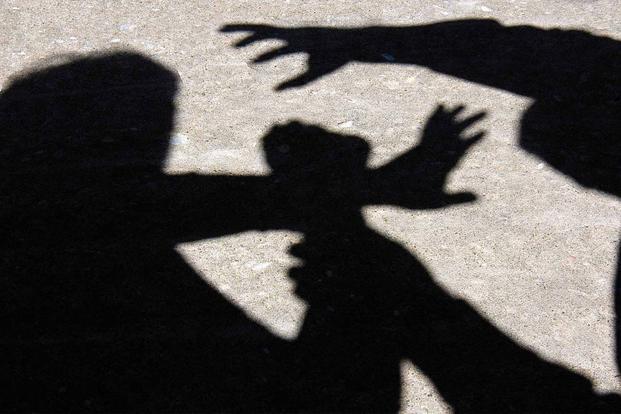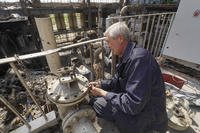More than 20,300 allegations of sexual assaults at military installations worldwide have been reported over the last four years, the Defense Department said Friday.
In a report listing the bases for each service, DoD's Sexual Assault and Prevention Office (SAPRO) said that Army installations received a total of 8,284 allegations of sexual assault from fiscal 2013 through fiscal 2016; the Navy, 4,788; the Marine Corps ,3,400; and the Air Force, 3,876.
The Army post with the most reports of sexual assaults in fiscal 2016 was Fort Hood, Texas, with 199; the most in the Navy in fiscal 2016 was Naval Station Norfolk, Virginia, with 270; and the most in the Marine Corps that year was 169 at Camp Lejeune, North Carolina.
In the Air Force, the installation with the most allegations of sexual assault in fiscal 2016 was the U.S. Air Force Academy in Colorado, with 44 reports.
In fiscal 2016, there were 24 reports of sexual assault at the U.S. Naval Academy in Annapolis, Maryland, and 24 at the U.S. Military Academy at West Point, New York, SAPRO said.
The total of 20,348 reports of sexual assaults for the four years included both "restricted" and "unrestricted" allegations, SAPRO said.
An unrestricted report is one of a sex-related allegation made by an individual against one or more individuals that is referred for investigation to a Military Criminal Investigative Organization (MCIO) or civilian law enforcement with jurisdiction.
A restricted report is one made confidentially by a victim who may be seeking "advocacy, support services, medical care, and mental health counseling" and is not referred to criminal investigation, SAPRO said.
In a statement accompanying the report, SAPRO said it was releasing the data on sexual assaults at individual bases worldwide in response to Freedom of Information requests for the statistics from news organizations.
SAPRO also said that assaults listed for a particular base did not necessarily mean that the alleged offenses occurred there.
"One of the features of the department's reporting program is that service members can report allegations of sexual assault at any time and at any place," said Dr. Nate Galbreath, the deputy director of SAPRO.
"As a result, the number of reports listed for an installation doesn't necessarily mean that the alleged incident occurred there. A report could involve allegations for an incident that occurred while on deployment, while away on leave, or even prior to entering the military," he said.
The flexibility in reporting allegations was made to encourage victims to come forward and "to increase reporting of sexual assault and decrease the occurrence of the crime through prevention," Galbreath said.
Since 2012, SAPRO's annual reports on sexual assault in the military have shown regular declines in the rates, although the statistics have been disputed by advocacy groups and several members of Congress.
In 2016, the most recent data the department has on the prevalence rates of sexual assault showed a decrease from 6.1% of active-duty women in 2012 to 4.3% in 2016, and from 1.2% of active-duty men in 2012 to 0.6% in 2016, SAPRO said.
In the report released Friday, SAPRO estimated that in fiscal 2016 about 32 percent of service members who experience sexual assault now report it, up from 25 percent in fiscal years 2014 and 2015.
The overall numbers released Friday reflect previous reports by SAPRO. The new information is on assaults at particular bases and can be seen here.
-- Richard Sisk can be reached at Richard.Sisk@Military.com.















